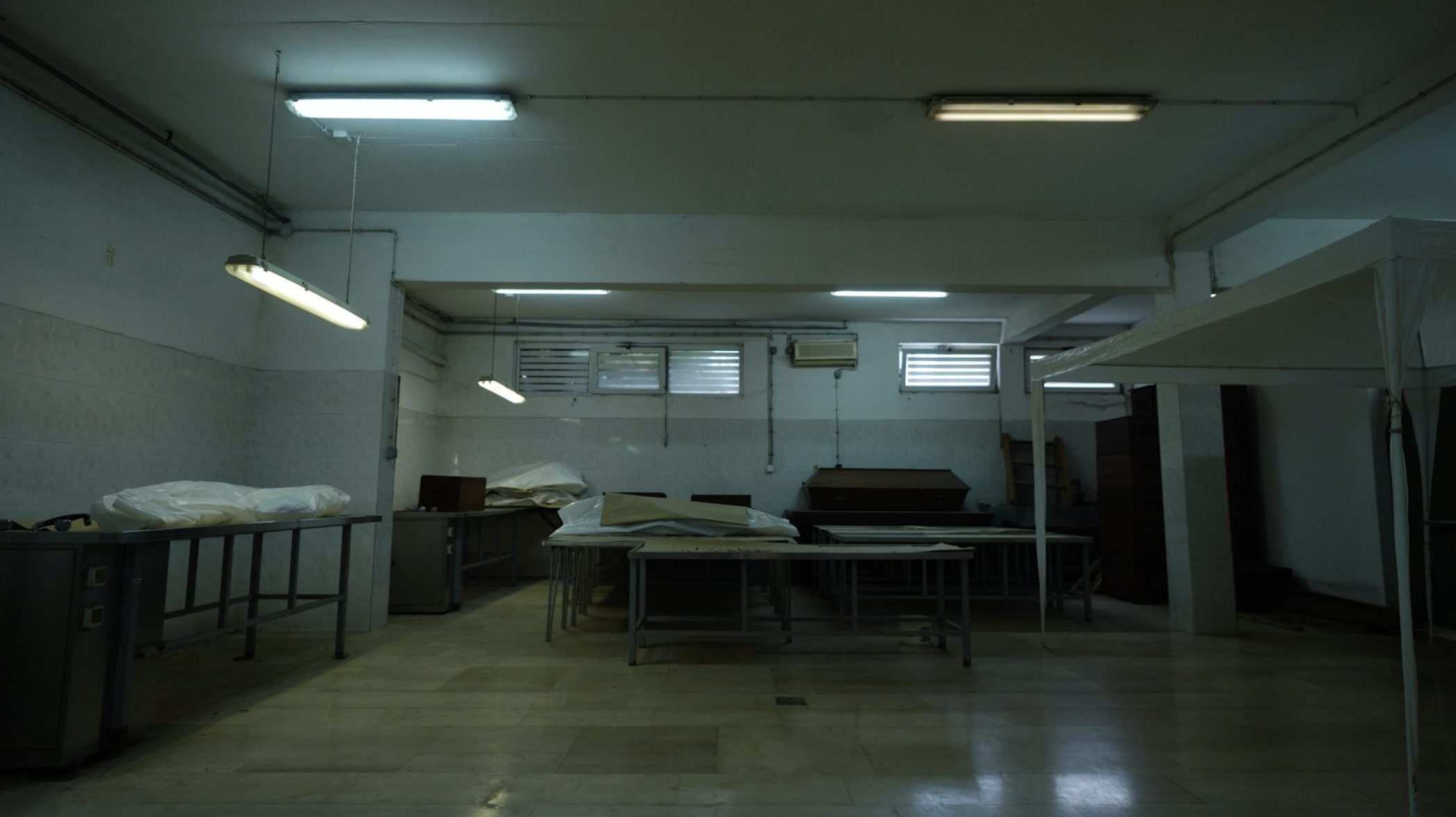This post is also available in: Bosnian
Presenting his findings and opinion at the request of the Defence, Miodrag Novokmet said that, in June 1992 the Nahorevo area was affected by conflict and that the combat activities were aimed against legitimate military targets.
The civilian population, which was not a legitimate military target, was present in this area, but the activities were aimed against legitimate military targets, expert witness Novokmet explained.
He presented his findings and opinion at the trial of Goran Saric, former Chief of the Public Safety Station in the Serbian municipality of Centar, with having ordered all men from Nahorevo to gather in front of the local community building on June 19, 1992.
According to the charges, about 100 Bosniaks were taken away from that location and detained in the Jagomir hospital building. A group of 11 prisoners was later killed at Skakavac. It is alleged that Saric ordered the remaining non-Serb residents to surrender. After that about 200 women, children and the elderly were forcibly transferred to territories controlled by the Army of Bosnia and Herzegovina, ABiH.
When asked by the Defence what the status of members of the Territorial Defence or other structures in the Nahorevo area was, the expert witness said that, according to the Geneva Convention, they were military staff.
They too would be considered prisoners of war in case they were captured, Novokmet said.
He said that the term local sentry, which was mentioned by some of the witnesses during this trial, appeared at the beginning of this war. He mentioned that those sentries were composed of the local population and that they were aimed at safeguarding access to inhabited buildings.
Speaking about the setting up of a division line in the Centar municipality area, the expert witness said that the line was set up in accordance with ethnic composition of the local population.
Mrkovici, Poljine, Radava and Nahorevo villages and a part of Jagomir remained under the control of the Serbian Republic. Nahorevo was the only one of them, where Muslims were the majority, he explained.
He said that, according to the legal acts that were in force at that time, the police could be subordinate to armed forces.
The expert witness is due to be cross-examined on April 8.



